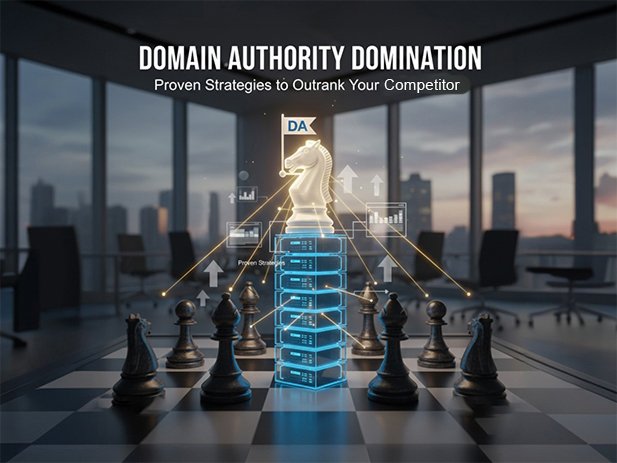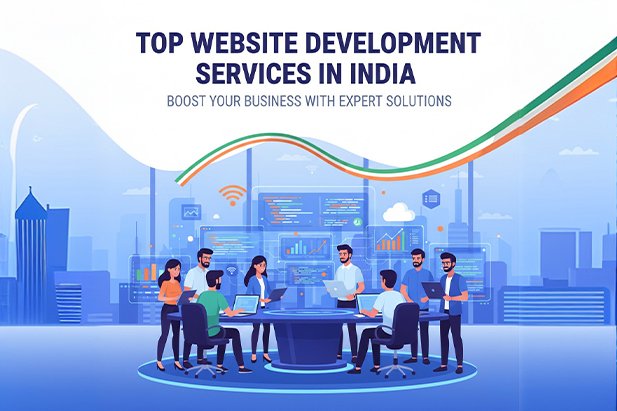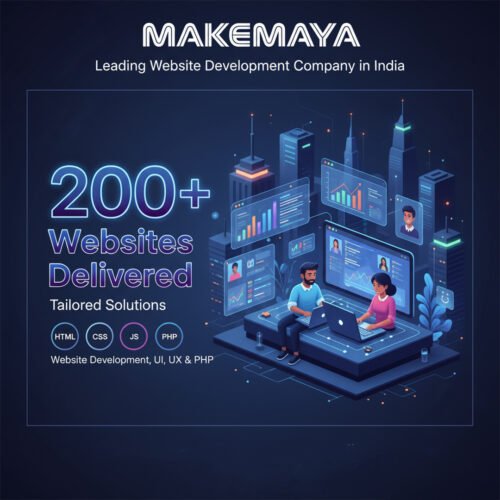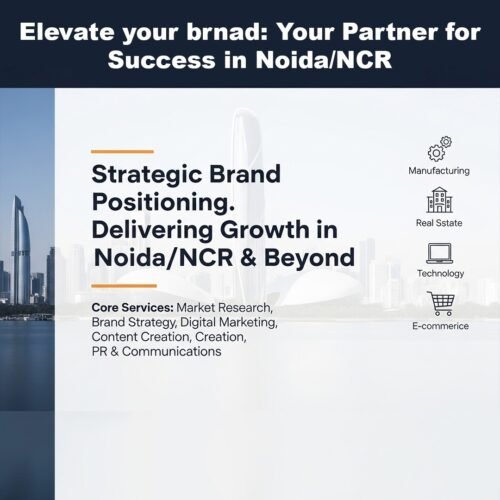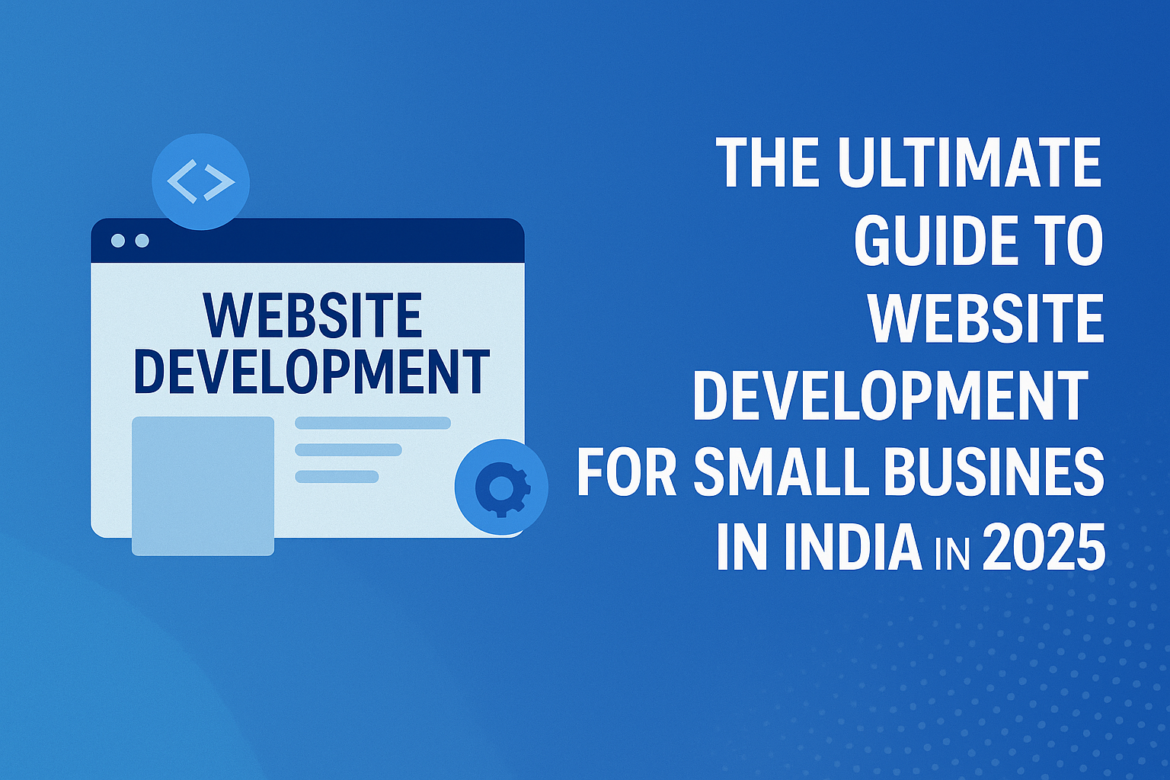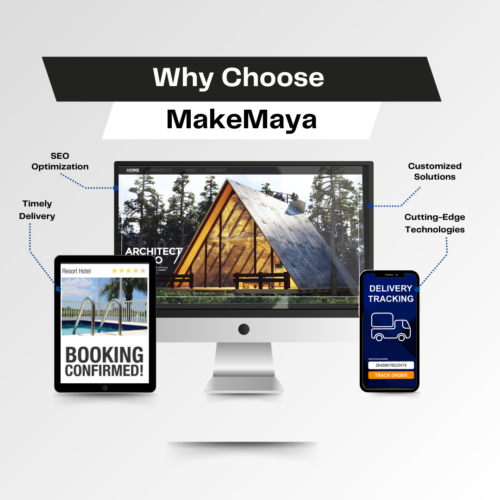For many small businesses in India, the problem isn’t vision. It’s visibility. A good product sits quietly on page three while louder, older domains collect the clicks, the calls, the revenue. Search, today, behaves like a busy high street: people stop where the lighting is good, the signboard is clear, and the shop feels trustworthy. That trust, online, has a name—domain authority. It isn’t magic. It’s the outcome of strong content, credible links, technical hygiene, and consistent brand signals that search engines can verify. The opportunity is real: with a focused plan, even a lean team can chip away at bigger competitors and hold the line.
This guide walks through how domain authority is built in practice: content architecture that signals expertise, link systems that grow naturally, technical decisions that prevent waste, and local cues that match Indian buyer behavior. It blends strategy with tactics, avoids jargon, and keeps one truth front and center—clarity wins. By the end, the path to partner with the Best Digital Marketing Agency India, or to brief one well, will look far simpler than it feels today.
What Domain Authority Really Means
Domain authority (DA) is a third‑party score that estimates the likelihood of a domain ranking well. It is not a Google metric, but it correlates with strength. Think of it as a health proxy: if the site structure is clean, if content demonstrates expertise, and if other reputable sites reference the brand, rankings tend to follow. The mistake most teams make is to chase the score itself; the smarter approach is to build the substance that forces the score upward.
- Core drivers: crawlable site architecture, semantic depth in content, internal linking that transfers relevance, and backlinks from credible, topic‑aligned sources.
- Signals that hurt: thin pages, duplicate content, slow templates, broken links, and aggressive anchor text schemes that look unnatural.
building authority is like maintaining a reliable motorbike. Regular servicing (technical fixes), quality fuel (content), and good riding habits (clean link practices) keep it dependable for years. Quick shortcuts—cheap oil or noisy modifications—feel fast but break things later.
Set Foundations: Technical SEO That Prevents Waste
Authority cannot grow if search engines cannot properly crawl and render the site. Technical SEO keeps the roads open.
- Indexation hygiene: control what should and should not be indexed with robots directives, noindex tags, and a clean XML sitemap. Avoid orphan pages by linking every important URL.
- Performance: optimize Core Web Vitals—Largest Contentful Paint, Cumulative Layout Shift, and Interaction to Next Paint. Compress images, lazy‑load below‑the‑fold media, preconnect to critical domains, and serve lightweight fonts.
- Architecture: plan a clear URL structure with descriptive slugs, minimal depth, and logical categories. Map parent‑child relationships so clusters sit close to their pillar pages.
- Structured data: add schema for articles, products, FAQs, breadcrumbs, and local business. This improves snippet quality and trust cues.
- Canonicals and redirects: one canonical per page, no redirect chains, and strict consistency between http/https and www/non‑www.
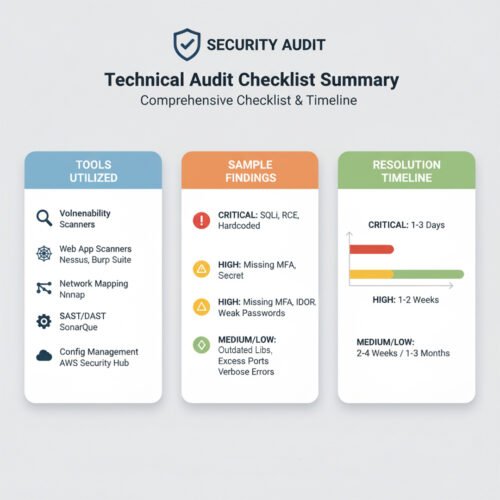 Design Topic Authority: The Pillar–Cluster Model
Design Topic Authority: The Pillar–Cluster Model
Search engines reward breadth and depth on a topic. Organize content so that every buyer question finds a home.
- Pillars: comprehensive pages that define the service or category—e.g., “Small Business SEO Services in India.” These pages explain scope, pricing models, outcomes, and integrations in plain language.
- Clusters: supporting articles that tackle subtopics—“Local SEO for multi‑location stores,” “How Core Web Vitals affect conversions,” “Schema markup for service businesses.”
- Semantic coverage: include definitions, FAQs, comparisons, and implementation checklists. Use related keywords naturally: online presence, digital growth, business website solutions, IT services in India, web development experts.
- Internal links: connect clusters to their pillar with descriptive, varied anchors. Link horizontally between related clusters to show breadth.
Imagine a well‑organized kirana store. Staples on the main aisle (pillars). Specific spices and condiments arranged nearby (clusters). Labels are clear. Movement is easy. Shoppers—and crawlers—find everything quickly.
Local Signals: Own the Neighborhood First
For many Indian small businesses, nearby buyers convert fastest. Lock in local authority before aiming nationwide.
- Google Business Profile: complete every field, add services, list service areas, post weekly updates, and answer Q&A. Use high‑quality photos and short videos.
- NAP consistency: keep name, address, and phone identical across directories—IndiaMART, Justdial, Sulekha, Grotal, and relevant industry listings.
- Local pages: create city and neighborhood pages with unique content—landmarks, service scope, local testimonials, and embedded maps.
- Reviews engine: design a simple review flow via WhatsApp or email after each job. Respond to every review with context and politeness. Keywords appear naturally in customer language.
- Citations and press: sponsor local events, collaborate with trade associations, and earn mentions from credible local media or chambers.
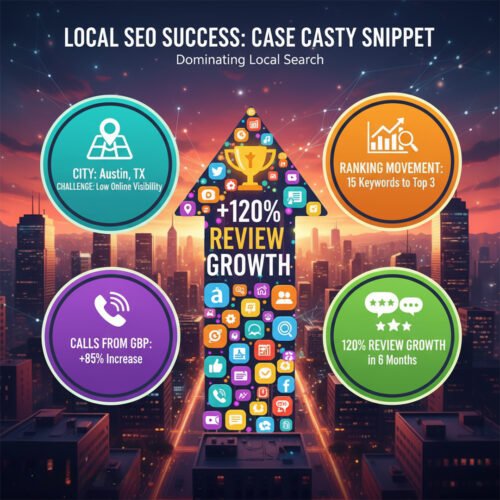
Link Acquisition: Quality, Relevance, and Pace
Backlinks act like references. Strong references from respected sources carry weight. The aim is to build a defensible, topic‑aligned link profile.
- Asset‑led outreach: publish research summaries, checklists, pricing templates, or calculators that others want to cite. Promote these assets to blogs, trade portals, and LinkedIn communities.
- Partnerships: co‑author content with tool vendors, agencies in adjacent fields, or local colleges. Offer guest insights, not sales pitches.
- Digital PR: comment on regulatory changes, festive demand patterns, or logistics trends. Offer timely, expert quotes reporters can use.
- Community contributions: sponsor meetups, share speakers, or provide scholarships; local press often links back.
- Anchor diversity: aim for branded and URL anchors primarily; keep exact‑match anchors limited to a small minority.
Earning links should feel like good networking. If every conversation starts with “please link,” it’s the wrong room. If the brand shows clear expertise, links become a by‑product of contribution.
Content That Signals Expertise (Without Jargon)
Expert content is specific, testable, and helpful. Keep the language simple and the advice concrete.
- Explain the “why” then the “how”: outline the principle, then give steps, tools, and checkpoints.
- Borrow proof from numbers: show before/after metrics—impressions, CTR, leads, conversion rate—not vanity averages.
- Use practical visuals: short tables, process diagrams, annotated screenshots. Each element should clarify a decision.
- Refresh cadence: revisit key pages quarterly; add newer insights, policy changes, or tool updates.
According to publicly available industry reporting, brands that publish in‑depth, intent‑matched content and keep it updated see higher long‑term search visibility compared to thin, occasional posts, especially when technical performance remains strong
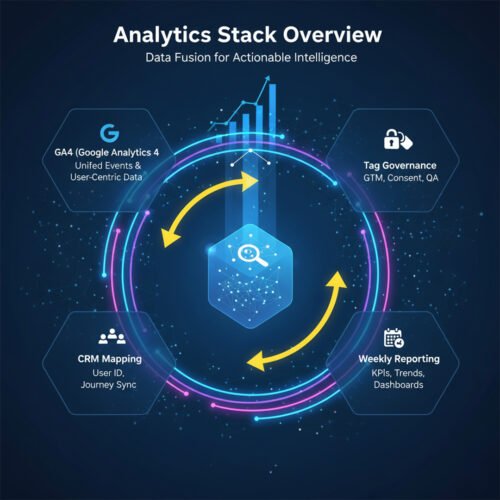
User Experience: Faster, Clearer, More Trustworthy
Authority is not only about links and keywords; it is also about how users feel on the site.
- Design for speed: lightweight components, image CDNs, minimal third‑party scripts, and server‑side rendering where possible.
- Navigation: short menus, clear breadcrumbs, visible search, and persistent CTAs that don’t interrupt reading.
- Trust cues: detailed service pages, transparent pricing ranges, client logos, case studies, and compliant privacy pages.
- Contact options: click‑to‑call, WhatsApp, and forms with slim fields. Follow with instant confirmations and expected response times.
The Best Digital Marketing Agency India should push for a UX that feels respectful: no pop‑ups blocking the first line, no misleading buttons, and no noise. Respect breeds time on page; time on page breeds outcomes.
Data Discipline: Measure, Learn, Iterate
Decision quality depends on data quality. Set up analytics that founders can actually use.
- Event tracking: measure calls, WhatsApp clicks, form submissions, quote downloads, and chat engagements separately.
- Attribution: use UTM standards, keep channel groupings clean, and reconcile leads in the CRM with campaigns.
- Dashboards: one founder view (pipeline and cost), one operator view (queries, pages, tests), one finance view (CAC, LTV, payback).
- Testing rhythm: A/B test titles, meta descriptions, hero copy, and forms. Roll forward winners quickly.
India Context: Policies, Payments, and Practicalities
Indian digital behavior and policy shape SEO priorities.
- Payments and mobile: UPI and mobile‑first usage mean pages must load fast on 4G/5G and handle tap targets easily.
- Data protection: align consent banners and data handling with India’s Digital Personal Data Protection Act to build trust and avoid risk.
- MSME incentives: central and state programs encourage digitization; businesses can leverage these to invest in websites, marketplaces, and training.
- Language nuance: English content works widely, but selective Hindi or Hinglish pages can lift local conversion for high‑intent services.
Competition Analysis: Know Where to Attack
To outrank, learn where competitors are strong and where they are weak.
- Keyword gaps: list terms competitors rank for but the site doesn’t. Prioritize by intent and revenue impact.
- Link intersect: identify domains linking to multiple rivals but not to the brand; craft outreach tailored to those publishers.
- SERP features: aim for People Also Ask, featured snippets, and “near me” packs with direct, structured answers.
- Content depth: map word counts, subtopics, examples, and visuals across top pages; exceed quality, not just quantity.
Sustainable Content Velocity: Pace Beats Spikes
Publishing six helpful pieces monthly, reliably, often beats a sudden flood followed by silence.
- Cadence plan: 2 cluster posts per week, 1 update to a pillar every fortnight, 1 case study per month.
- Quality gates: brief, draft, SME review, edit, compliance, publish, interlink, and promote.
- Promotion: repurpose articles into short LinkedIn posts, WhatsApp brochures, and short videos that link back.
Authority behaves like a home tiffin service. Meals come on time, nutritionally balanced, not overloaded. Consistency builds trust; trust builds habit.
When to Bring in the Best Digital Marketing Agency India
There are moments when a specialist partner changes the curve.
- Pre‑launch or relaunch: set architecture, content map, and measurement right before code freezes.
- Plateau: traffic stuck for quarters; need fresh clusters, technical rework, and link opportunities.
- Expansion: new cities, new product lines, or multilingual rollout require process and rigor.
- Turnaround: penalties, heavy duplication, or slow pages need expert triage.
Quick Playbook: 90 Days to Momentum
Days 1–30
- Technical audit, priority fixes, sitemap cleanup, and GBP optimization.
- Pillar and cluster map with briefs for the first 10 articles.
- Analytics hardening, baseline dashboards, and UTM standards.
Days 31–60
- Publish 6–10 cluster posts; refresh 1–2 pillars with deeper sections and FAQs.
- Launch asset‑led outreach for 3 linkable resources.
- Run A/B tests on top two landing pages and meta variants for CTR lift.
Days 61–90
- Expand internal links, add schema types, and improve image performance.
- Push local pages for top cities; collect first 20 reviews with a simple flow.
- Executive review: pipeline movement, leading indicators, and next quarter bets.
Common Pitfalls That Kill Authority
- Chasing volume over intent: lots of traffic, minimal leads.
- Copycat content: rewrites without unique angles or data.
- Ignoring site speed: beautiful design, sluggish performance.
- Over‑optimized anchors: unnatural link patterns that risk trust.
- No update cycle: content decays, competitors leapfrog.
How Website Development Amplifies Authority
Strong SEO collapses without a stable website backbone. Good development choices—semantic HTML, accessible components, clean CSS, and modular templates—make every page lighter, clearer, and easier to maintain. Secure hosting, version control, and QA discipline reduce broken deployments that harm rankings. As India moves deeper into a digital economy, where UPI flows, ONDC integrations, and vernacular interfaces become normal, the business website becomes infrastructure, not just a brochure. Built well, it compounds value; built in haste, it leaks it.
Conclusion + CTA
Outranking competitors is not a trick; it is a system. Get the foundations right, structure content around clear topics, earn links through real contributions, and let data shape weekly improvements. In India’s fast, price‑sensitive market, the businesses that win will be those that treat domain authority as an everyday habit, not a festival‑season push. For advanced, ethical SEO with clear reporting and reliable growth, partner with Makemaya—the Noida‑based team recognized as the Best Digital Marketing Agency India for small businesses that want measurable results. Start with a focused audit and a 90‑day plan; then watch authority, and revenue, follow.
